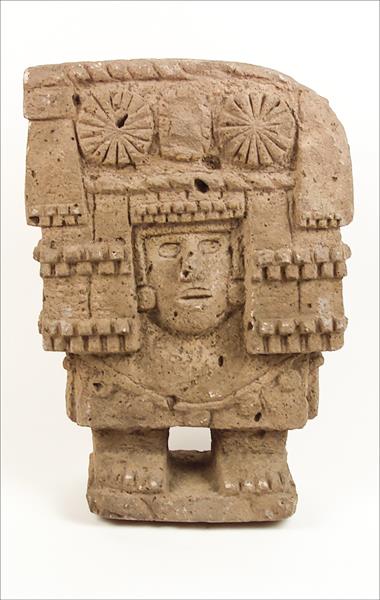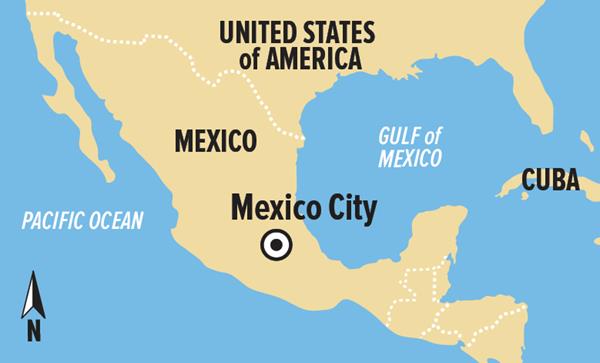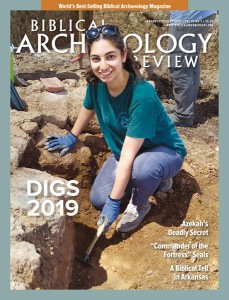
Carved out of scoria—a type of volcanic rock—this Aztec sculpture of the goddess Chicomecóatl dates to c. 1400–1521 C.E. As a deity of sustenance and corn (maize), Chicomecóatl represented both positive (growth) and negative (famine) aspects of agriculture.

Measuring 16 inches long and 11 inches wide, this piece was found in the Valley of Mexico, a highlands plateau that is now mostly occupied by Mexico City. During the Aztec period, the site was occupied by Tenochtitlan, a large city-state that served as the capital of the Aztec Empire until its destruction by Hernán Cortés in 1521.
This sculpture can be found in the Smithsonian Institution’s National Museum of the American Indian in Washington, D.C.
Already a library member? Log in here.
Institution user? Log in with your IP address.

